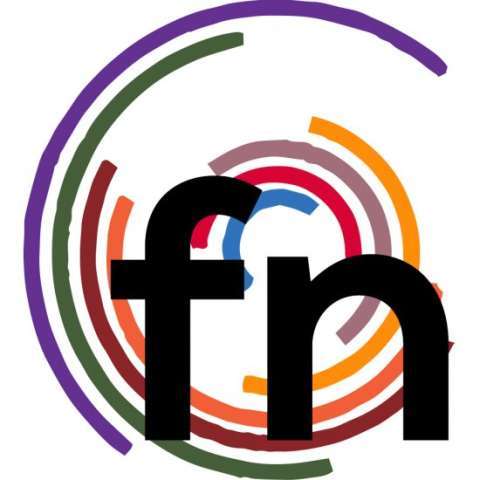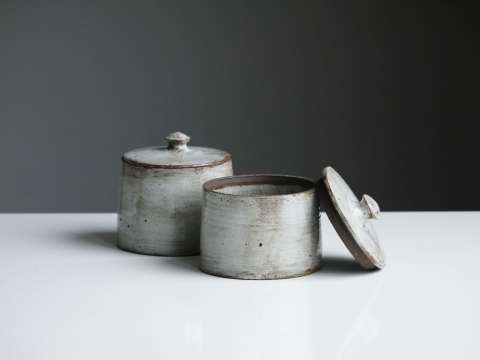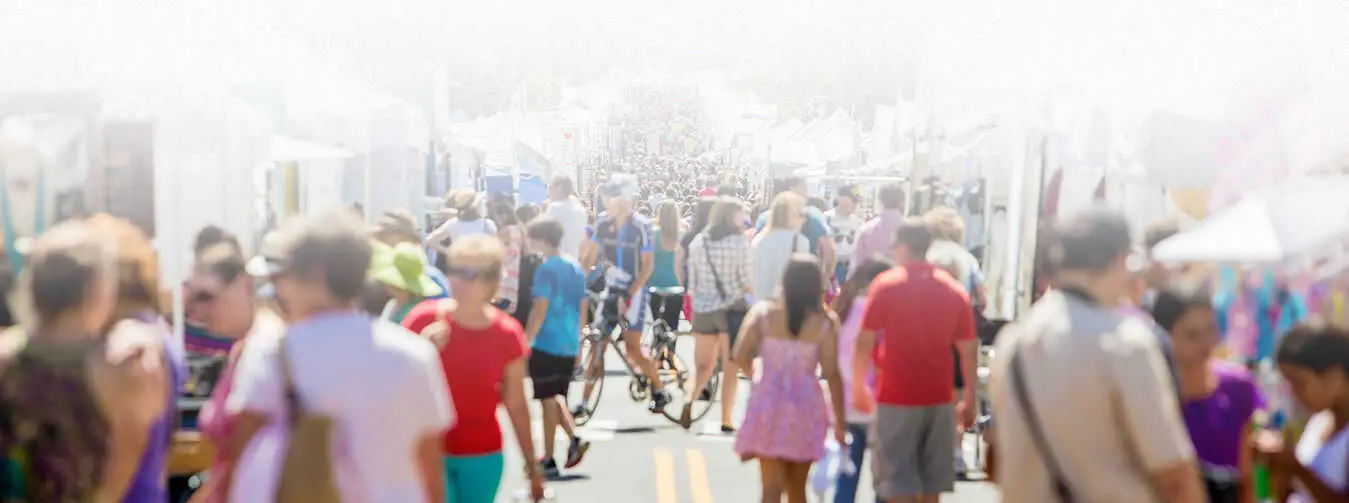It cannot be stressed enough that fantastic, high quality images are the most important step towards professional success. Do not let the quality of your images eliminate your work from the next juried exhibition, craft show, book or magazine. Always keep in mind that the jury is looking at a photographic representation rather than the actual work. No matter how good your work may be in reality, your photographic image must capture that reality in a dynamic and compelling manner. In a competitive environment, jurors must sort through hundreds of images.
This is your opportunity to grab the jurors' attention and set your work ahead of the pack by showing the jury fabulous images. Superior photographic images can make the difference as to whether you will be accepted or rejected.
Consider hiring a professional photographer. Spend your time on what you do best: making great work. A cover photo, newspaper article or magazine spread is free publicity that may be worth thousands of dollars in exposure and perhaps even sales. But publishers select visuals based on the strength of the image rather than the work itself. So apply the same standards of quality to your photographic images as you do to your work.
Sending photographic images presents a nearly identical scenario for the artists submitting work for review. The primary difference lies in the review process for the jurors.
Keep in mind that some works will not reveal their beauty or significance in the flattened photographic image. The limitations of computer monitors increase this deficit. Choose the images that best suit the parameters of the venue while clearly illustrating the object's strengths. A clean, uncluttered, well-lit and straight-forward image of a strong piece is always best.
A full view image must convey as much information as possible. In the end, only one image-the full view-will likely be the primary image that represents the work. For this reason, take photographic images from a number of angles; open, closed, up, down, in and out. Select from these the one image that best illustrates the true nature of the work-its size, surface character, color, etc., - in as accurate and crisp a manner as possible.
If there is a specific function of the work, clearly illustrate this in the image. Be sure that the photographic image clearly indicates whether the object is a ring, sculpture or a teapot. If, for instance, a secret moving element is a significant aspect of a piece, be sure that this is somehow illustrated photographically.
Submit your punchiest, boldest images. Intricate work which may not come across as dynamic in an image can be difficult for jurors to quickly understand, and consequently will fail to grab their attention. .
The background should indicate what is top and bottom -- even without a dot or arrow on the mount. In a quality image, location and direction of shadows, gradation of background lighting and the visual weight of an object all indicate the proper orientation of an image. Keep this in mind as you stage your work and click the shutter. Keep your message simple and easy to grasp in the few seconds that the jury will be looking at the images. The majority of competitive juried situations draw an overwhelming number of entries. "Sell" your work with images that have straight-forward content and make a dynamic impression. Even if the content of the artwork is fairly dense or multi-faceted, this is not the situation in which to try to inform the jurors of this complexity. They simply don't have the time to dwell on a quantity of information when they have hundreds or a thousand images to review. The key is to make it through the first cut and into the final selection round. Along these same lines, if your work incorporates a lot of text, then use images with only a few words, not a complete sentence or paragraph. If the jury does not understand your work within a few seconds of review, most likely they will vote "no."
Project your images before you submit them to a jury or look at your image very closely. It is difficult to tell if your digital images are in perfect focus on a computer model. Project your digital images with a digital projector, if possible. Before you spend money on an entry fee, find out how your two-inch brooch translates to an eight-foot tall image that is projected for a total of 10 seconds-(an approximation of the time each image is projected during initial jurying rounds). Ask yourself:
- How does this image compare to the quality of images you commonly see published in magazines or books?
- Are you ready to risk rejection or stake your money and your reputation on these images?
Avoid distractions in the background of your images. Here are a few specific examples to avoid:
- An unbalanced image such as the subject off to one side.
- Heavily textured fabric or paper for displaying small objects or jewelry.
- Wrinkled or sloppily draped background materials.
- Too much empty space in your photographic image - fill the frame with information.
- Excessively strong colors. Colored backgrounds can present a problem if all your images don't have that same colored background. If you need to have something photographed on a color for a special shoot, such as a magazine, consider having it photographed on gradated gray or white during the same session just in case you need this image to match your other photographic images.
- Overly dramatic or contrived backgrounds such as sunsets, dramatic landscapes, wet stone, leaves, grass or exotic handmade papers.
Installation shots are only appropriate if:
- The work includes an installation or display materials that are inseparable or intentional elements of the piece.
- This is a very large sculpture.
- The site of the piece is conceptually relevant to its content.
- This is actually an installation piece.
Submit your best work and your best images, not your best seller. Your best seller may be an irrelevant issue to the jury regardless of whether you are submitting work for an exhibition or a wholesale/retail show. Keep in mind that your best seller may sell because it has a good price point, appeals to a wide audience or reflects fashion trends. It may even sell well because shoppers consider it to be a good "gift item." While all this is fine for sales, it may have little to do with what makes your work powerful in the eyes of a jury. There may be a huge difference between what the jury will consider your best work and what the public buys.
ARTICLE: Harriete Estel Berman
IMAGE: Tom Crew



